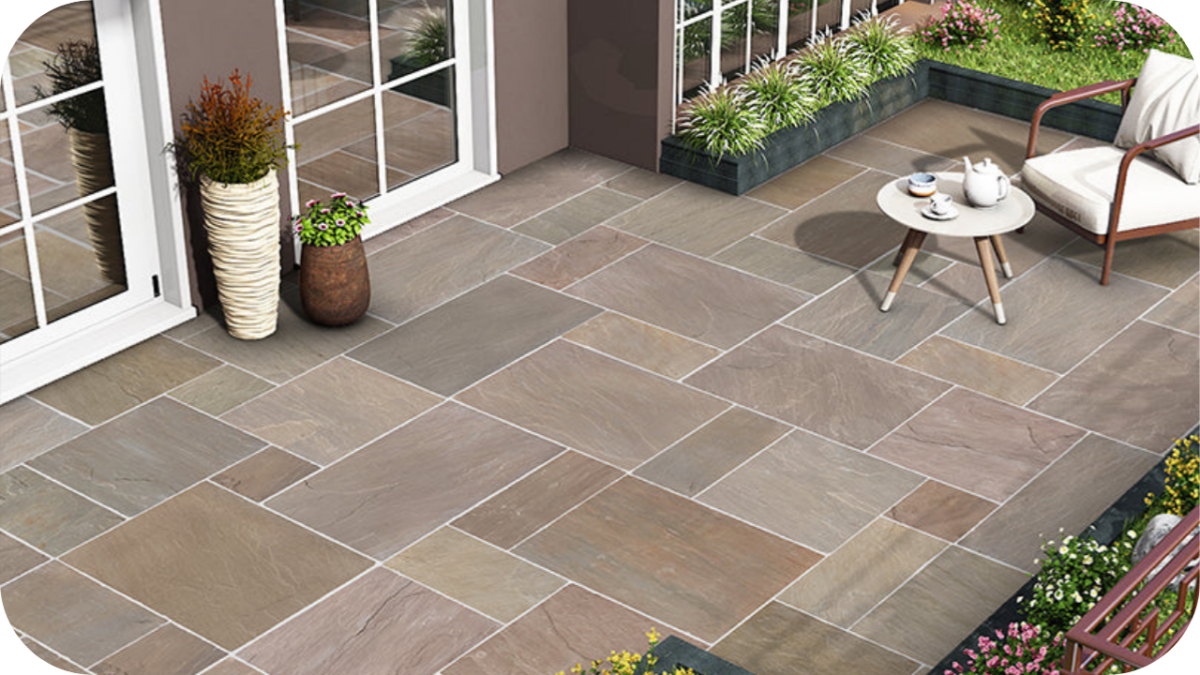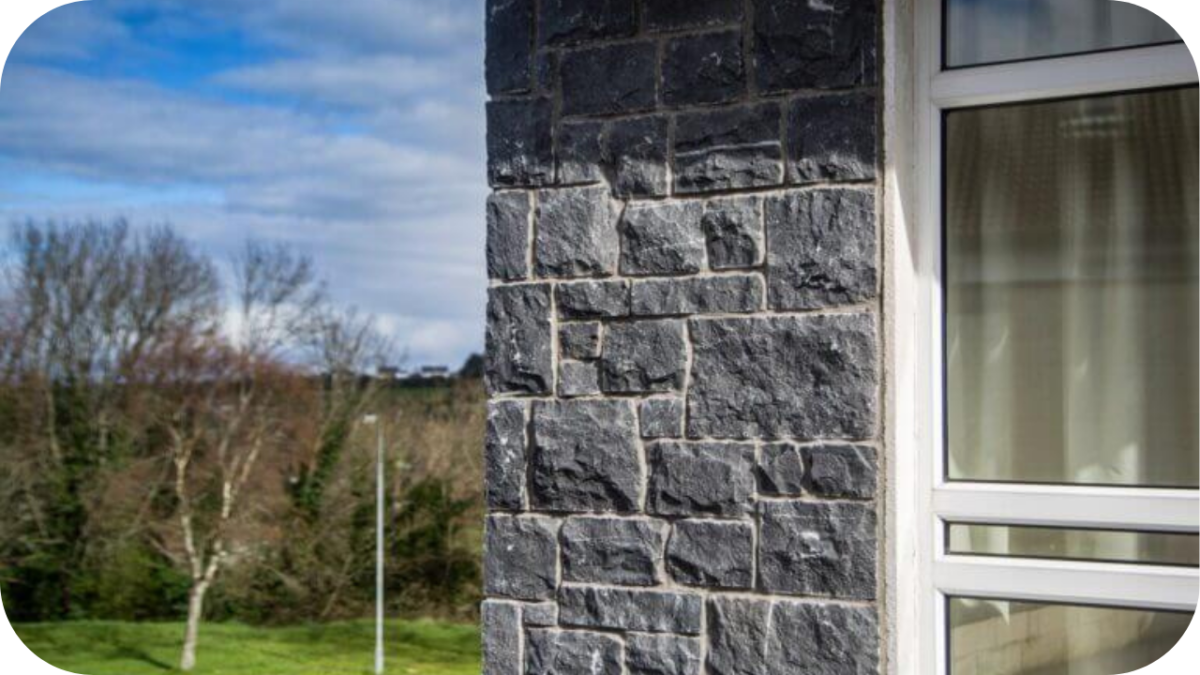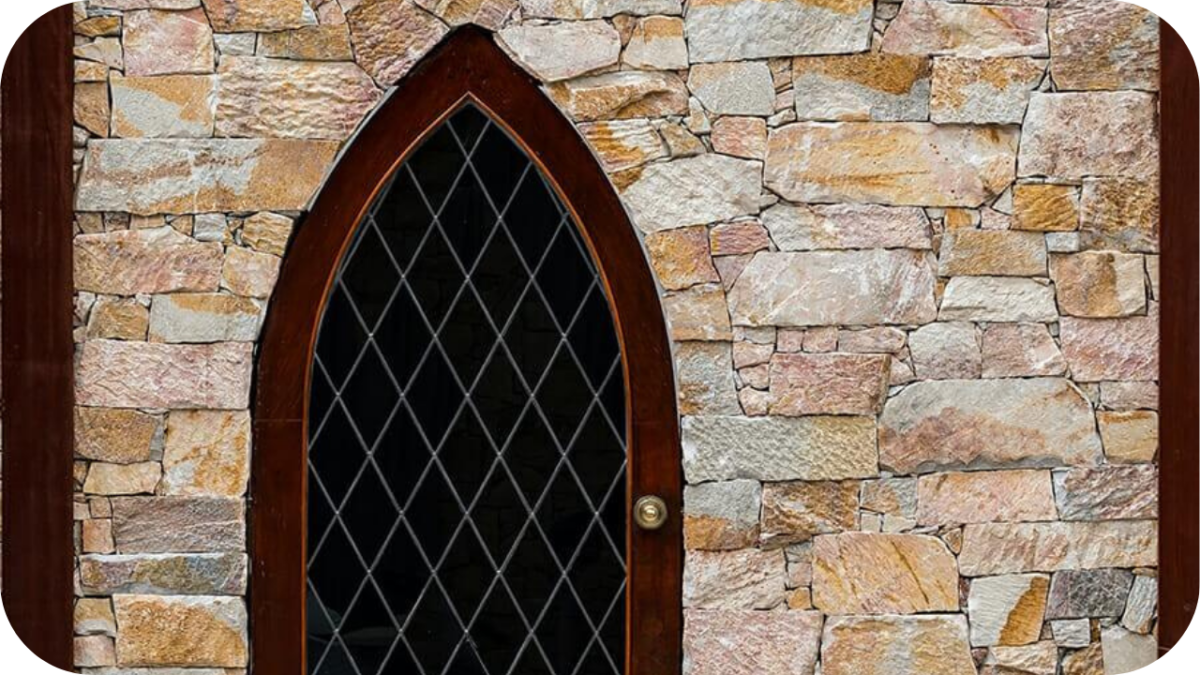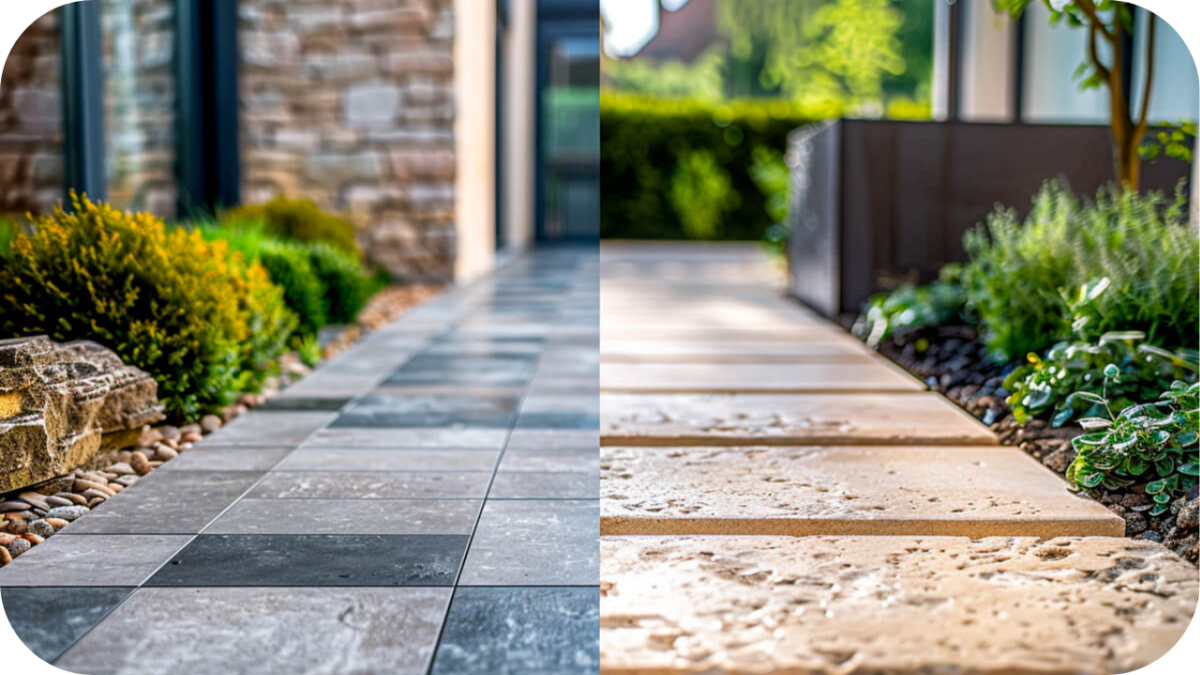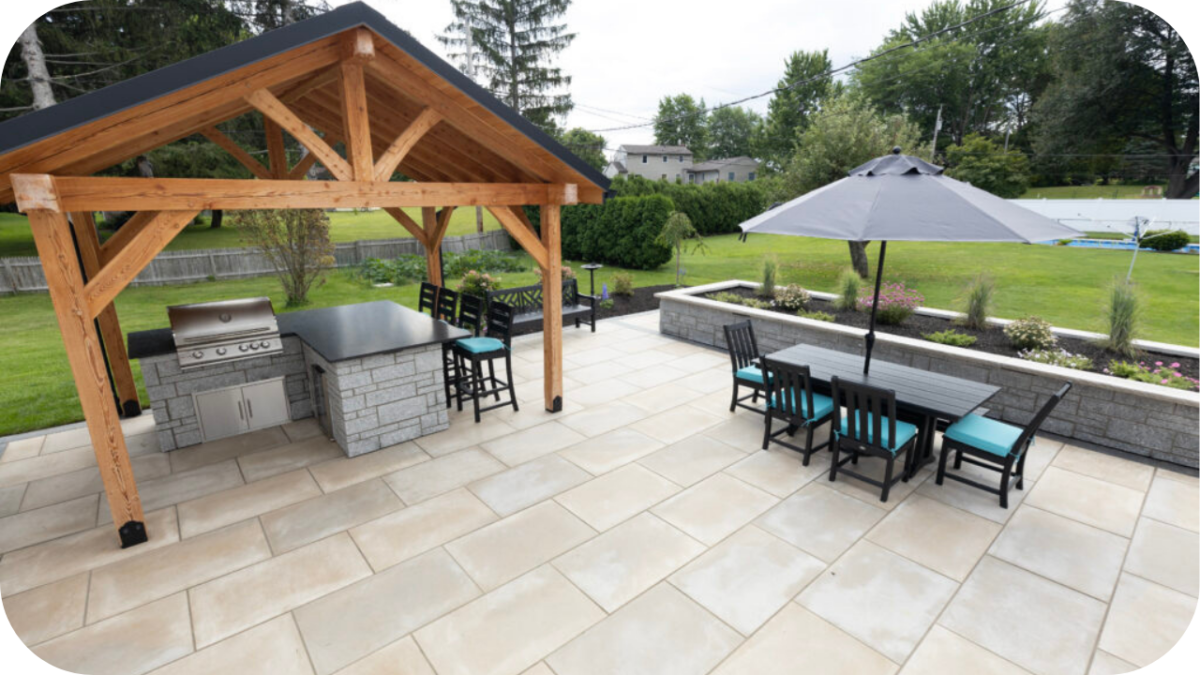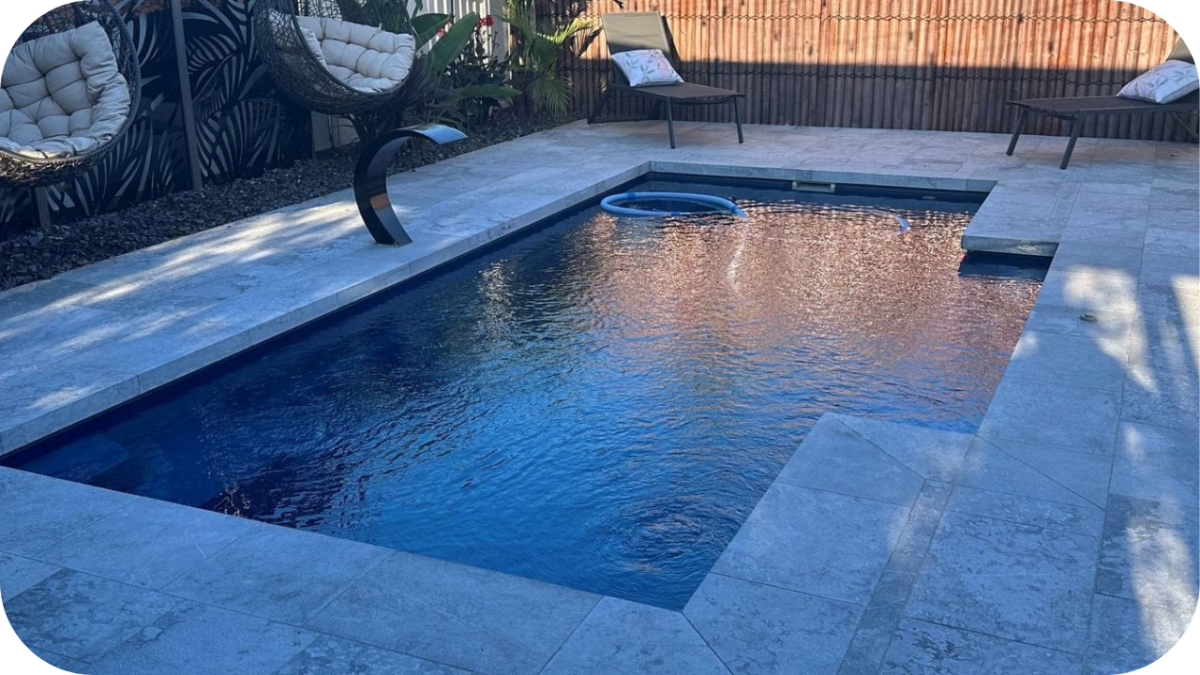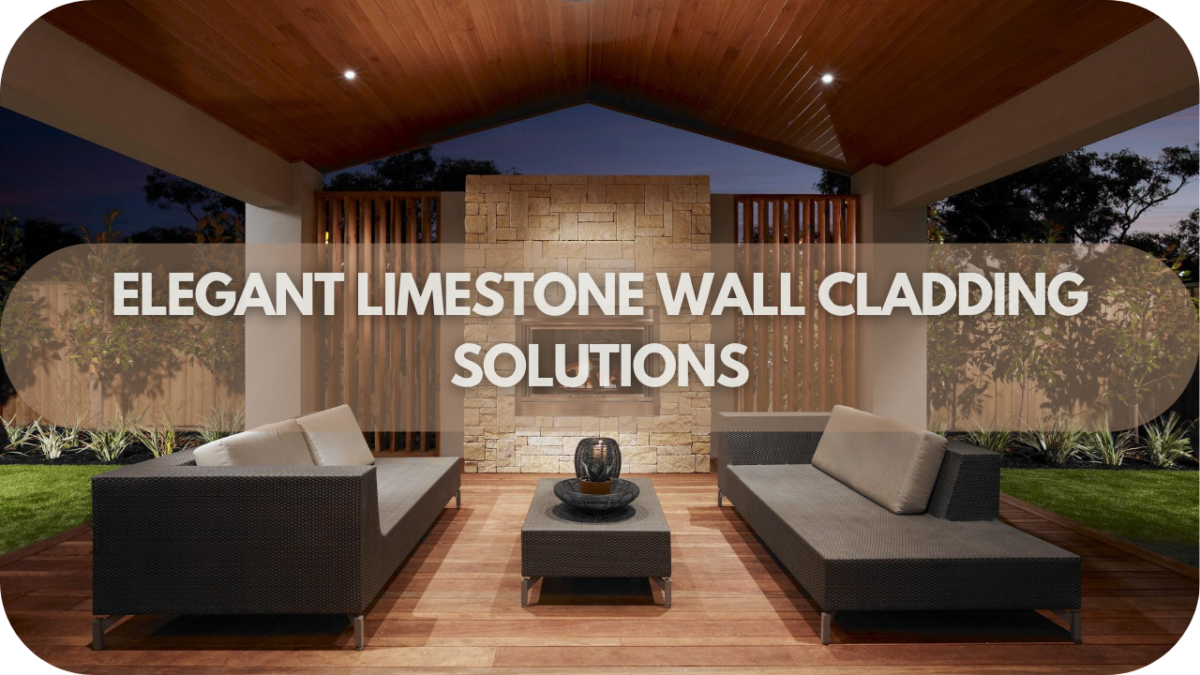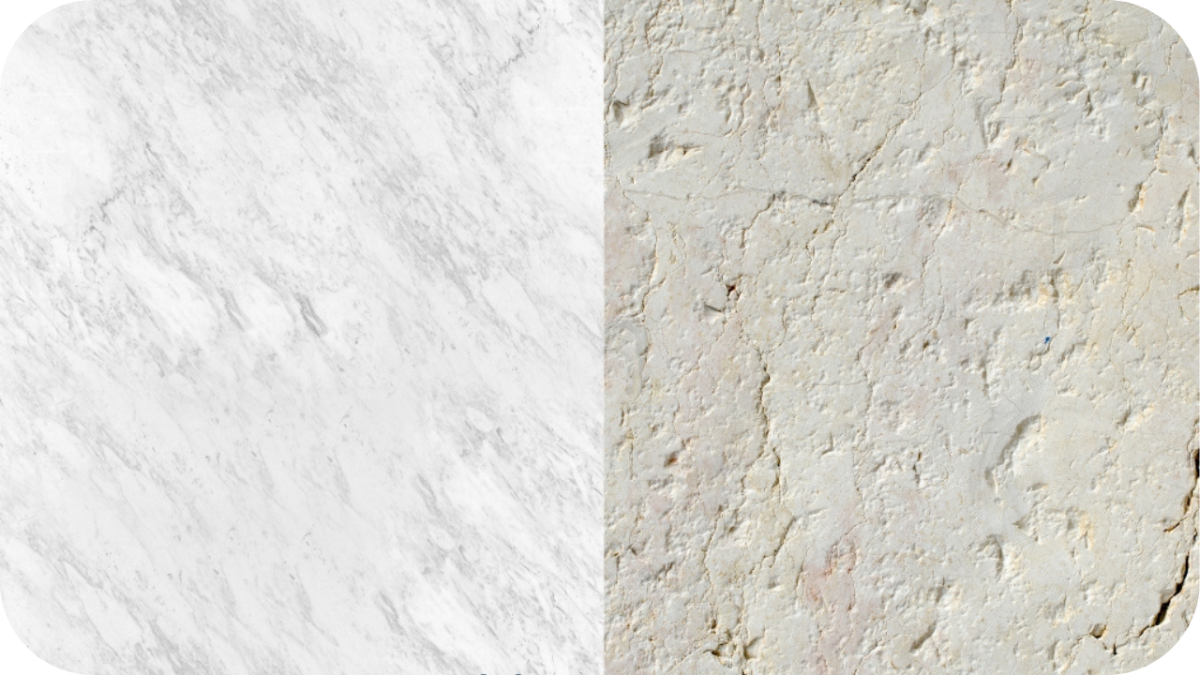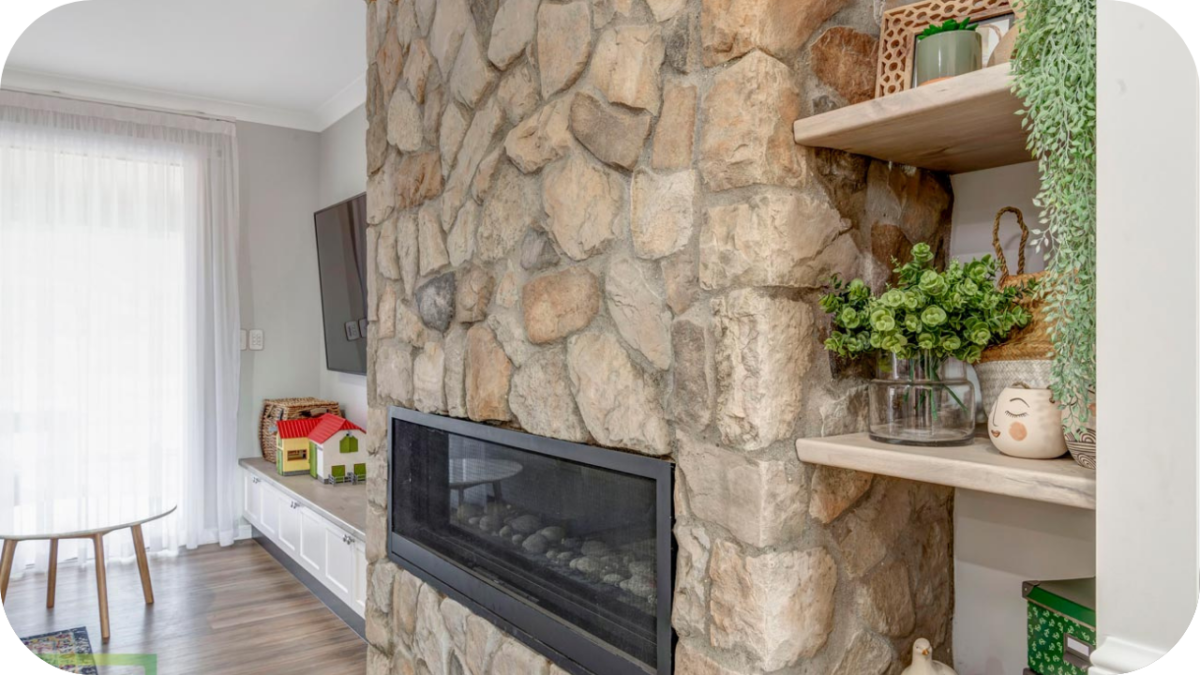Can Grange Limestone Be Used for Flooring?
Grange Limestone is well-known for its soft, earthy tones and understated elegance, often chosen for wall cladding and architectural features. But we’re often asked the question: can it be used underfoot too?
At Splendour in Stone, we understand the importance of matching visual appeal with performance, especially when it comes to flooring.
In this guide, we’ll walk you through the suitability of Grange Limestone for floors, where it works best, and what you should consider before installation.
Can Grange Limestone Be Used for Flooring?
Yes, Grange Limestone can be used for flooring. Its natural density, subtle texture, and earthy tones make it ideal for indoor and some outdoor spaces. When properly sealed and finished, it offers durability, comfort underfoot, and timeless aesthetic appeal, suitable for kitchens, living areas, hallways, and covered alfresco zones.
What Is Grange Limestone?
Grange Limestone is a premium natural stone known for its muted beige to soft taupe tones, subtle fossil markings, and smooth, consistent texture.
Its understated beauty makes it a versatile choice, easily complementing both contemporary and traditional architectural styles. Whether you’re designing a minimalist interior or a warm, rustic space, Grange Limestone adds natural charm without overwhelming the room.
Each piece is carefully sourced and finished to highlight its organic texture and tonal balance. Most often available in honed or lightly brushed finishes, the stone offers a tactile, refined surface that works beautifully indoors and out.
While it’s a popular choice for fireplaces, external wall cladding, and landscape features, it also shines as an indoor flooring or feature wall material.
Grange Limestone’s consistent grain and elegant tones make it an enduring favourite for those seeking a timeless, natural finish that blends sophistication with durability in any setting.
Key Benefits of Using Grange Limestone for Flooring
Looking for flooring that feels as good as it looks? Grange Limestone delivers more than just aesthetic appeal. Here’s why you should choose Grange Limestone for your floors:
- Natural beauty: Rich fossil patterns and warm, earthy tones lend timeless character and elegance to any space.
- Comfort underfoot: Softer than granite, offering a cushioned, barefoot-friendly surface ideal for family living and everyday use.
- Thermal balance: Naturally cool during summer and cosy in winter, especially effective when combined with underfloor heating.
- Design versatility: Complements both minimalist and traditional interiors; pairs effortlessly with timber, metal, and concrete finishes.
- Acoustic performance: Dense composition helps absorb sound, reducing echo in open-plan areas or high-traffic zones.
- Long-term value: Seen as a premium feature by homebuyers and designers, it enhances both property value and market appeal.
- Low maintenance: Resistant to wear and easy to clean, making it a practical option for busy homes.
- Eco-conscious choice: A sustainable, natural material with a low environmental impact compared to synthetic flooring alternatives.
Considerations Before Installation
Thinking of laying Grange Limestone? Don’t skip the groundwork. Proper planning before installation is key to getting the best finish, strength, and long-term performance from this beautiful natural stone.
1. Seal the Stone Properly
Apply a high-quality penetrating sealer to protect against stains and moisture. This is especially important in kitchens, bathrooms, and other high-traffic areas where spills and water exposure are common.
2. Prepare the Subfloor Correctly
Ensure the surface is dry, level, and structurally sound before installation. An uneven or damp subfloor may cause lifting, cracking, or long-term wear issues with limestone tiles or pavers.
3. Assess the Weight Load
Grange Limestone is heavier than timber or ceramic tiles. Before installation on upper floors, confirm that the existing structure can safely support the added load to prevent sagging or damage.
4. Plan for Ongoing Maintenance
Limestone needs care to stay beautiful. Regular sweeping, pH-neutral cleaning, and resealing every few years will help maintain its appearance and durability across all areas of use.
5. Hire a Professional Installer
Natural stone requires precision cutting and placement. A qualified installer ensures tight joints, consistent levelling, and a professional finish that showcases the stone’s quality and character from day one.
Where to Use Grange Limestone Flooring
Wondering where Grange Limestone truly shines underfoot? These spaces bring out the best in their beauty, comfort, and performance:
1. Entryways and Hallways
First impressions matter, and Grange Limestone delivers. Its soft tones create a welcoming feel as soon as guests enter. Durable enough to handle foot traffic, it also hides dust and debris better than many polished surfaces. Pair it with minimal grout lines for a seamless look.
2. Living and Dining Areas
Open-plan living calls for flooring that’s consistent and calming. Grange Limestone provides a neutral base that ties multiple zones together effortlessly. It works particularly well with natural light, bringing warmth and depth without dominating the space.
3. Kitchens
Practical and beautiful, Grange Limestone suits kitchens with a focus on liveability. Its natural texture helps hide scuffs and crumbs, while proper sealing protects against spills. Combined with timber cabinetry or stone benchtops, it creates a grounded, earthy feel.
4. Alfresco and Covered Outdoor Areas
In outdoor settings, Grange Limestone excels in shaded or partially sheltered areas like verandas, patios, and courtyards. With proper drainage to prevent water retention, it performs beautifully while offering a refined, natural aesthetic. Its tonal warmth and texture create a seamless transition between indoor and outdoor spaces, delivering a cohesive and timeless look that elevates any exterior living area.
Care and Maintenance Tips
Protect your investment, Grange Limestone stays stunning for years with the right care. These essential tips make maintenance effortless.
- Seal Your Limestone Properly: Grange Limestone is naturally porous and should be sealed upon installation to prevent stains and moisture absorption. Use a high-quality penetrating sealer suited for natural stone flooring. Reapply the sealant every 1–2 years, depending on foot traffic and exposure.
- Clean with pH-Neutral Products Only: Avoid acidic or abrasive cleaners, as they can damage the surface of limestone. Use a pH-neutral stone cleaner or a mild soap diluted in warm water. Regular sweeping or vacuuming helps prevent grit from scratching the surface.
- Wipe Spills Immediately: Promptly clean any spills, especially acidic substances like wine, lemon juice, or vinegar. These can etch and dull the stone if left untreated. Keep a soft cloth or mop handy to deal with unexpected messes quickly.
- Use Rugs and Mats in High-Traffic Areas: Place non-slip mats at entry points and in frequently used areas to reduce wear. Rugs help prevent dirt and debris from being tracked across the floor. This simple step can significantly prolong the life of your limestone finish.
- Schedule Periodic Deep Cleaning: Every few months, arrange a deep clean using a professional-grade stone cleaner or hire a stone care specialist. This helps lift embedded grime and refresh the stone’s appearance. Avoid steam mops, which may break down the sealer over time.
Splendour in Stone’s Recommendation
At Splendour in Stone, we recommend Grange Limestone as a premium choice for both residential and commercial flooring applications. Offered in tile and panel formats, each piece is hand-selected for its consistent tone, refined finish, and high-density composition, ensuring exceptional performance underfoot without compromising on aesthetic appeal.
For most flooring projects, we suggest opting for a honed or brushed finish. These textures strike the perfect balance between visual sophistication and everyday practicality, providing enough grip while maintaining a smooth, elegant feel. Whether you’re renovating a living area, upgrading a bathroom, or designing a grand entryway, this finish adapts seamlessly.
Our expert team goes beyond product supply. We provide tailored advice on layout, installation techniques, and aftercare to ensure every floor meets the highest standards. Moisture levels, traffic volume, and design vision are all considered to create a flooring solution that’s both beautiful and built to last.
From initial consultation to final sealing, our site-specific approach ensures that your Grange Limestone floor delivers on both form and function, with no stress, no guesswork, and lasting impact.
Conclusion
Grange Limestone isn’t just a walling material; it’s a versatile, naturally beautiful stone that performs exceptionally well as flooring when chosen and installed correctly. With proper sealing and care, it offers lasting elegance, warmth, and a grounded aesthetic that elevates any space.
Thinking of using Grange Limestone underfoot? Contact Splendour in Stone for expert advice, tailored product recommendations, and flooring-grade samples to suit your project.

